Amid the crashing waves and golden sun of Nha Trang, a building stands quietly – neither towering nor flashy – yet it draws every passerby to pause and look twice. It’s not a luxury resort, nor a glitzy landmark. It’s The Do Theatre (Nhà hát Đó), a modern cultural symbol inspired by Vietnamese tradition, brought to life through bold, contemporary design.
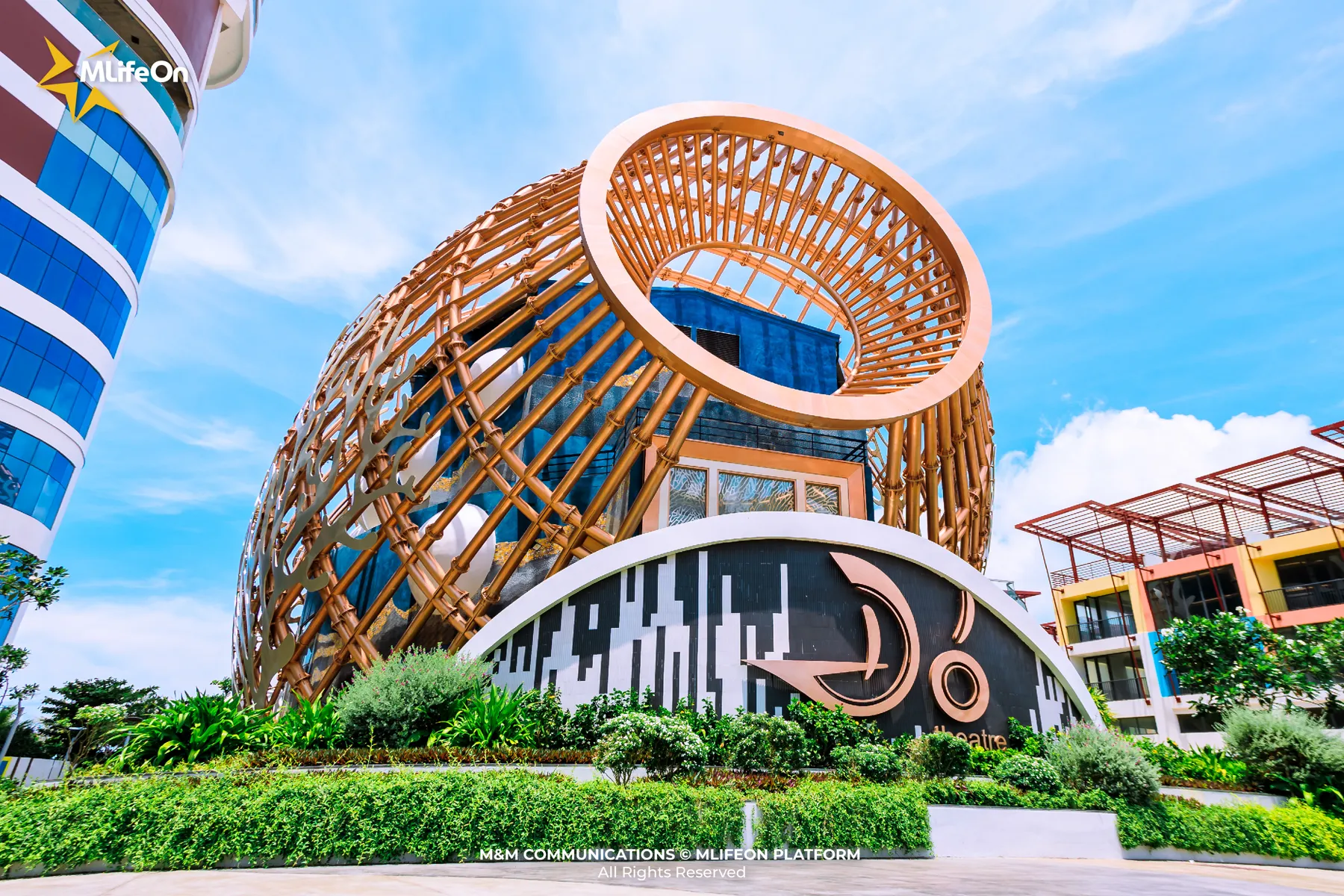
A “Đó” by the Sea
If you’ve spent time along Vietnam’s coastlines or rivers, you’ll recognize the word “đó”, a traditional fish trap made of bamboo, simple in form yet clever in design. That very object is the soul of this theatre’s architecture – a humble item from daily life, transformed into a structure of cultural pride and modern aesthetics.
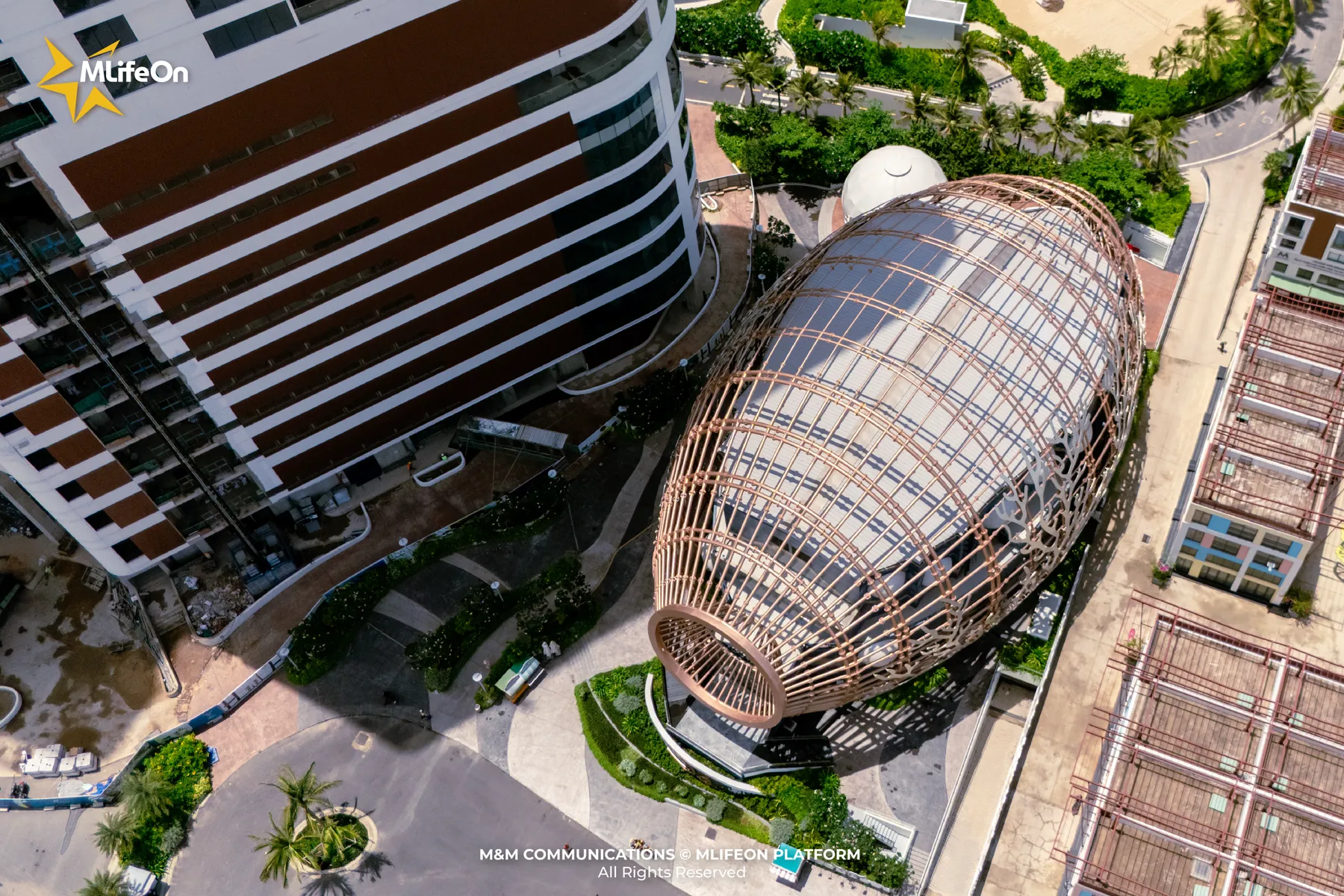
From afar, The Do Theatre resembles a blooming lotus, but step closer, and you’ll notice the layered steel frames echoing the pattern of bamboo fish traps. The use of steel painted in a deep earthy red gives the building both a modern and organic feel. It’s not ostentatious – instead, it draws you in with its quiet confidence, like a poem made of curves and shadows.
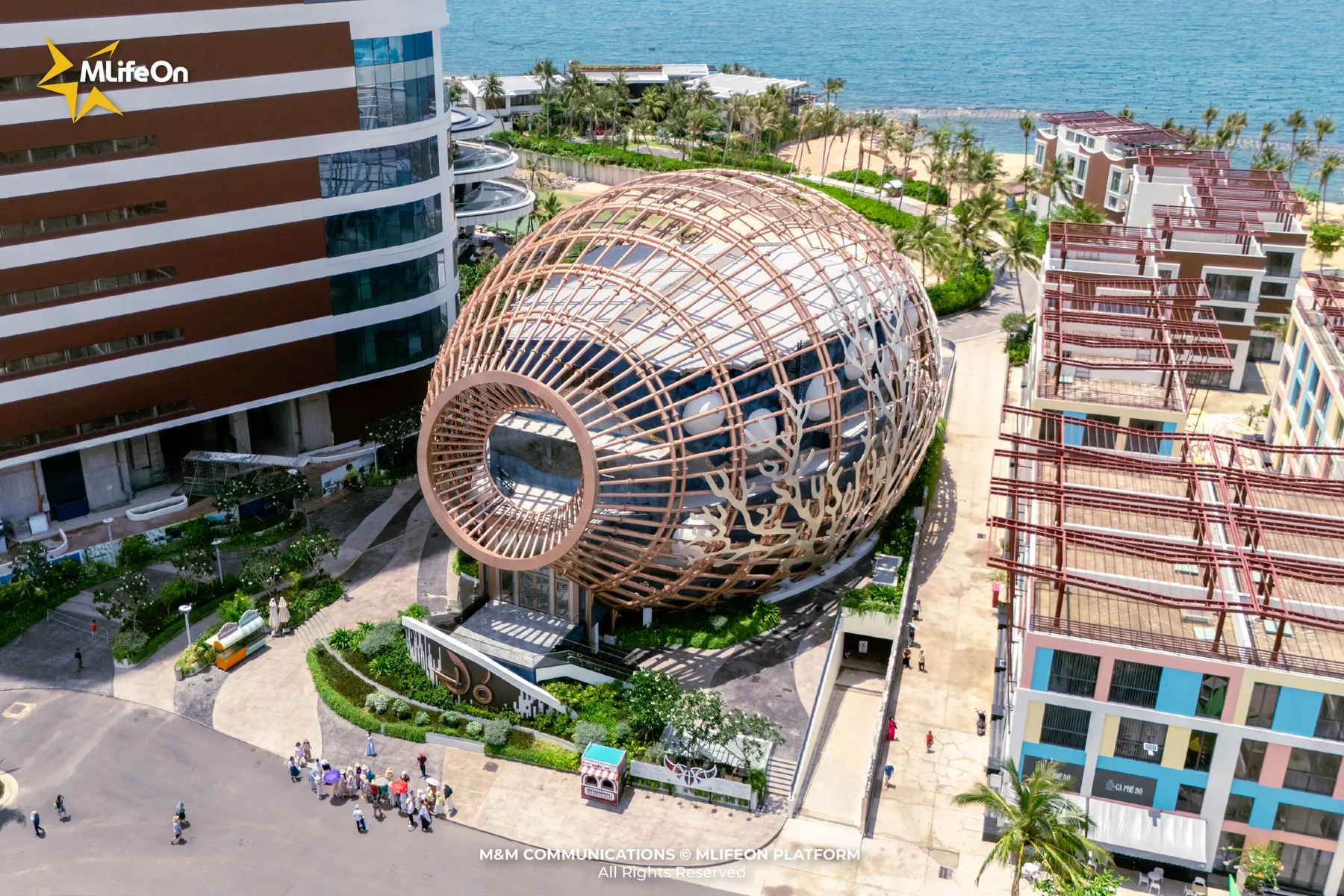
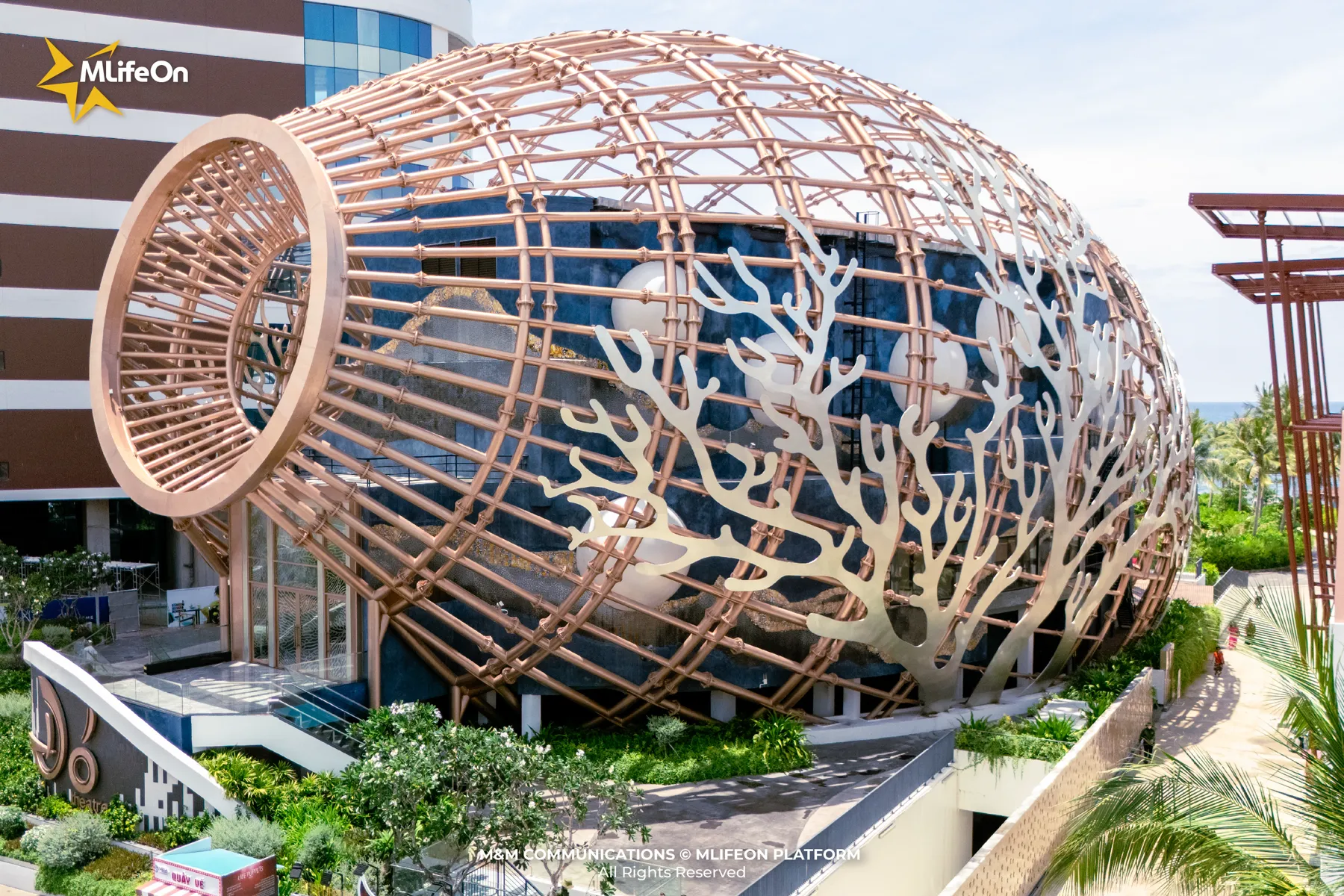
Set within the vibrant Vega City complex, the Do Theatre stands as a contemplative counterpoint, a space for art, silence, and wonder amidst a lively beachside destination.
Design Rooted in Vietnamese Philosophy
The theatre doesn’t just impress with its looks – it tells a story, steeped in local culture and spiritual symbolism. Where Western theatres often chase grandeur, the Do Theatre speaks in whispers – through curves, light, and a minimalist philosophy.
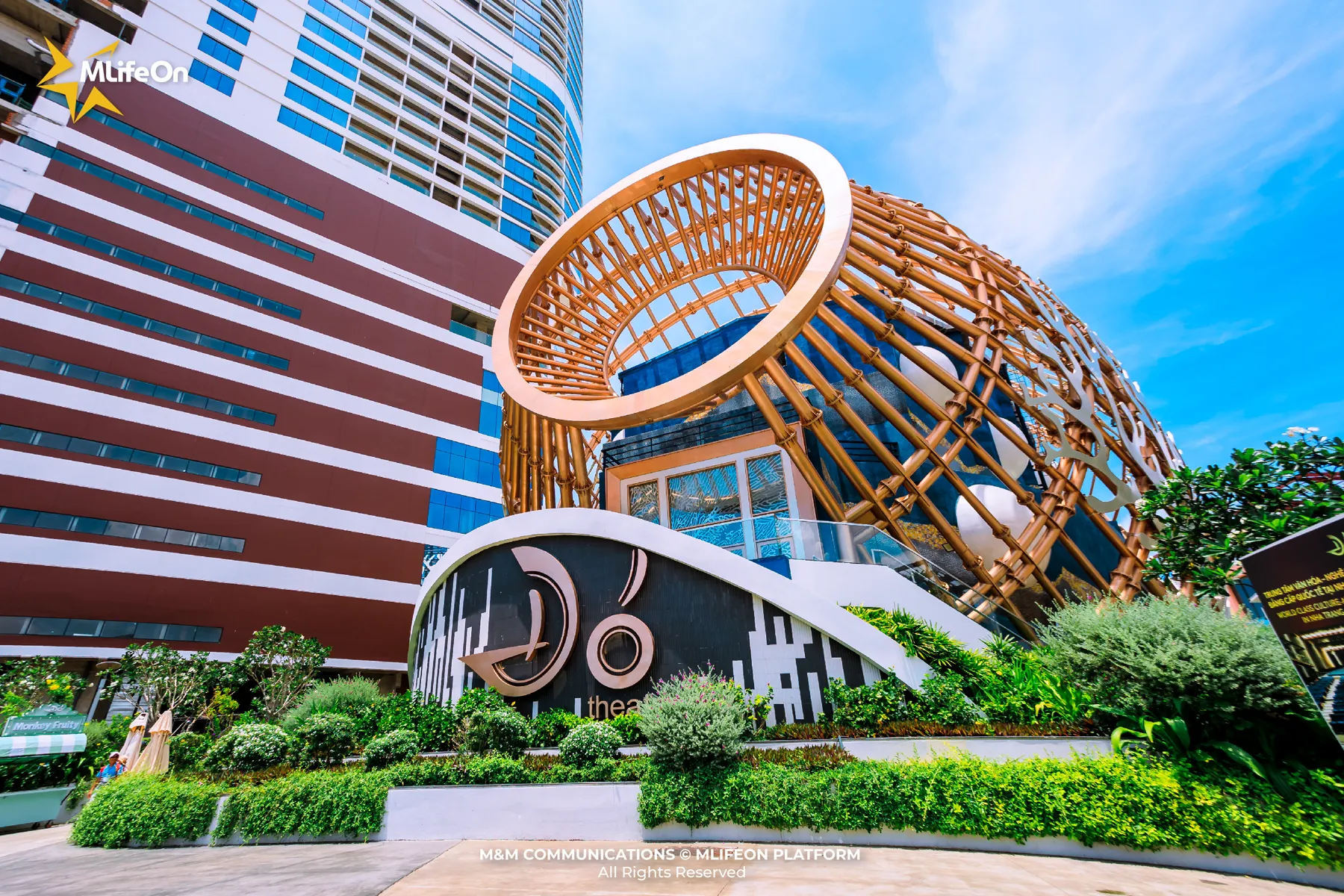
The gently curved roof isn’t just an aesthetic choice. It recalls flowing water, the embrace of a “Do”, and the unbroken continuity of cultural memory. The see-through lattice of steel mimics the softness of bamboo, yet stands with the strength of a modern structure – a fusion of the ancient and the contemporary.
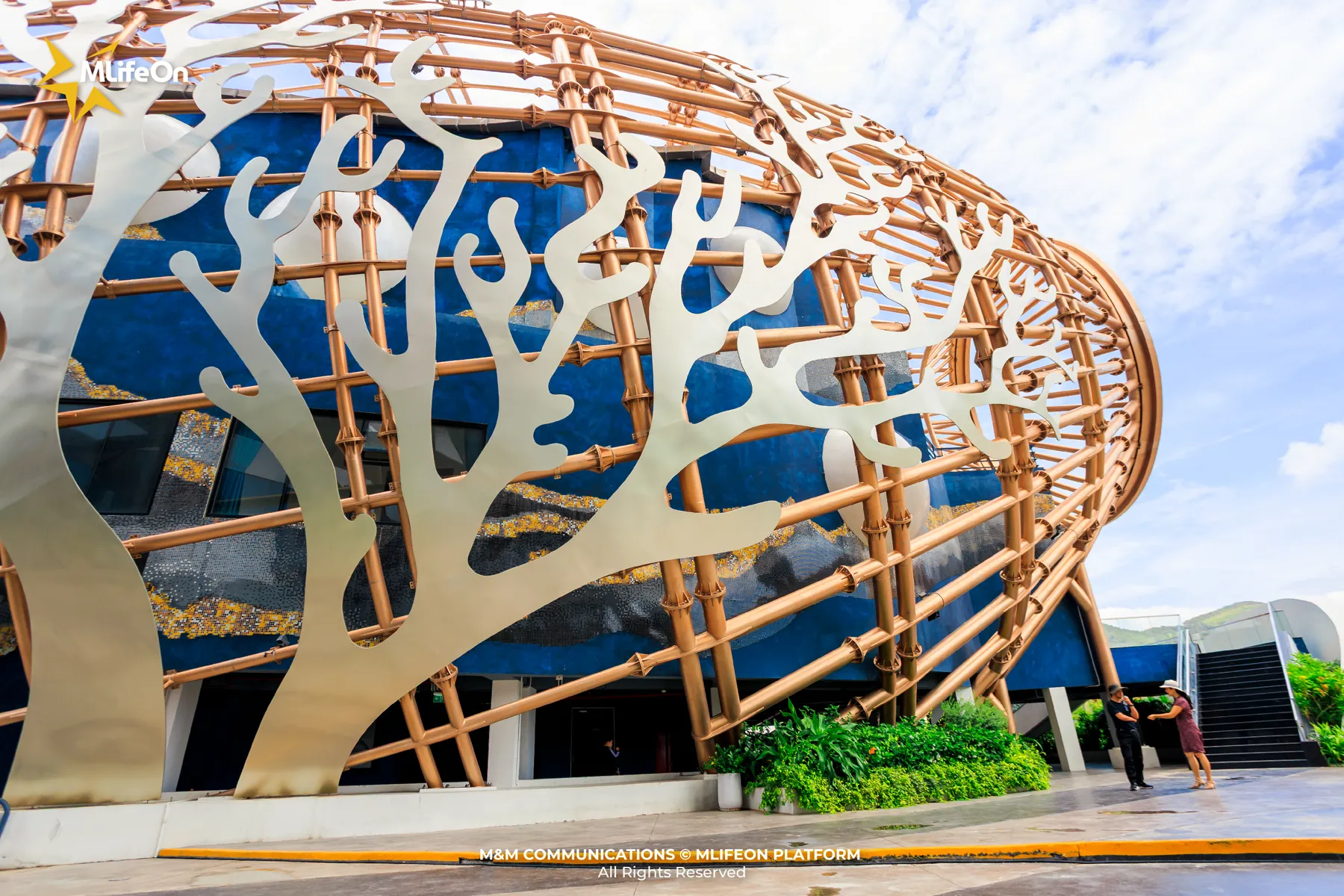
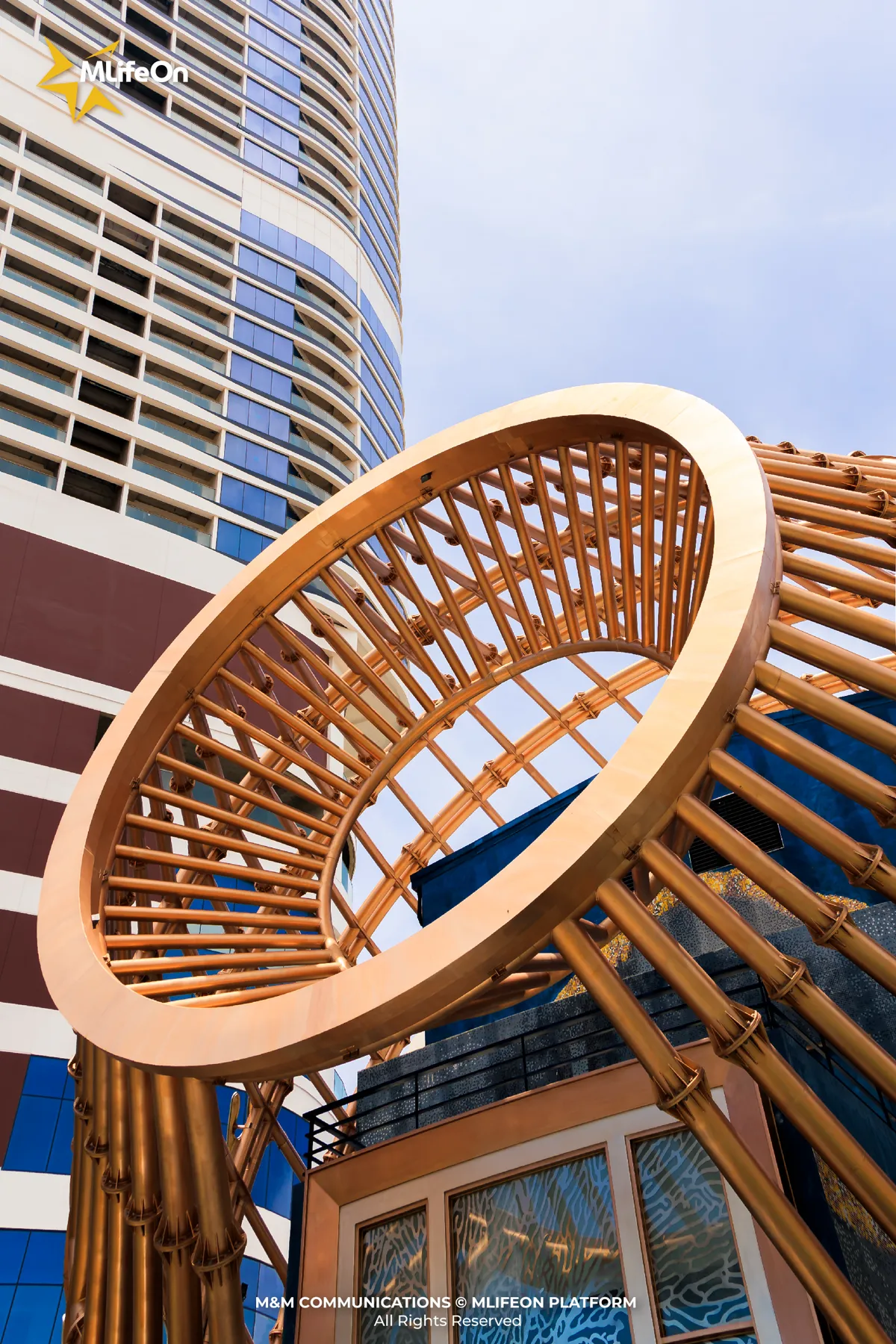
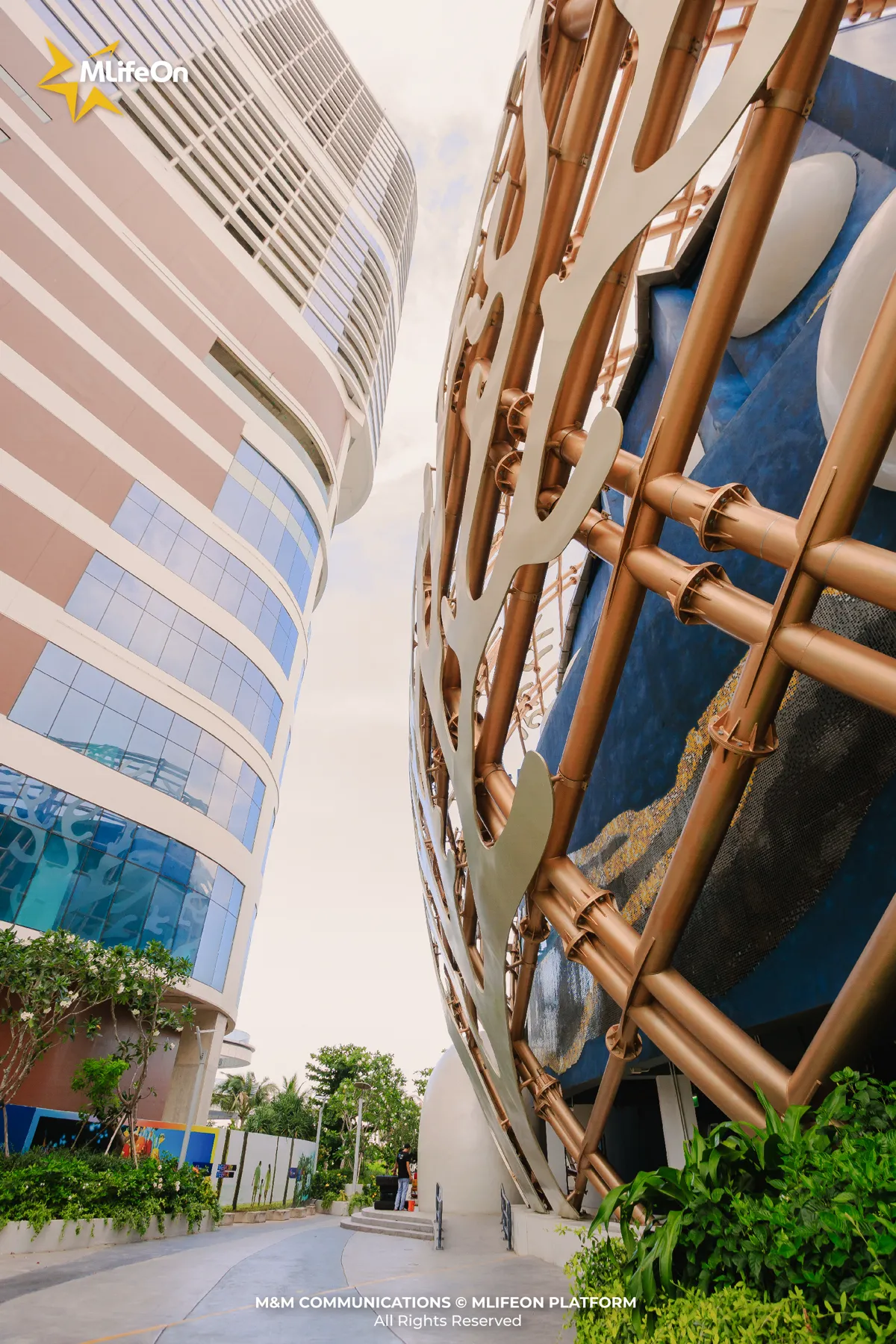
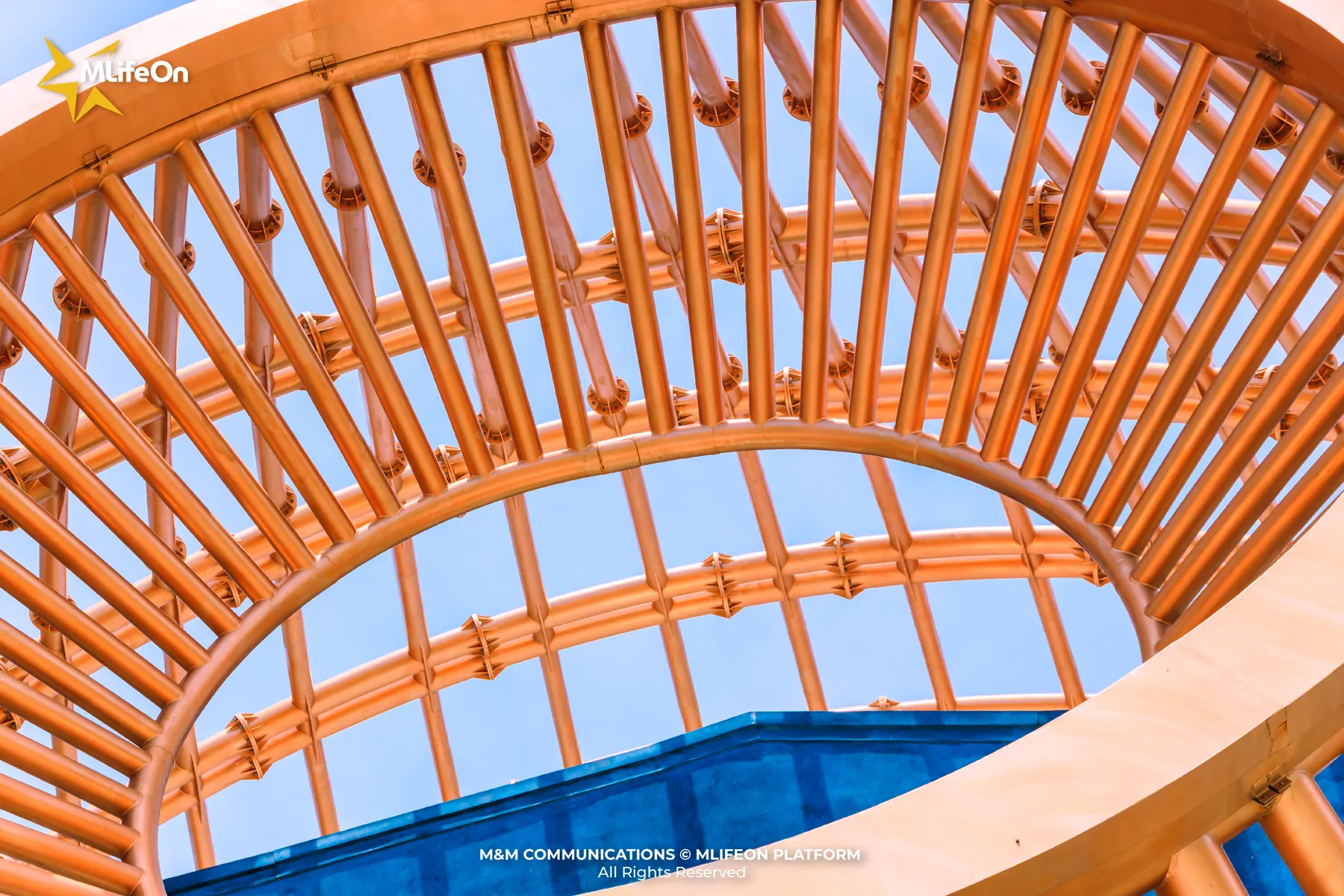
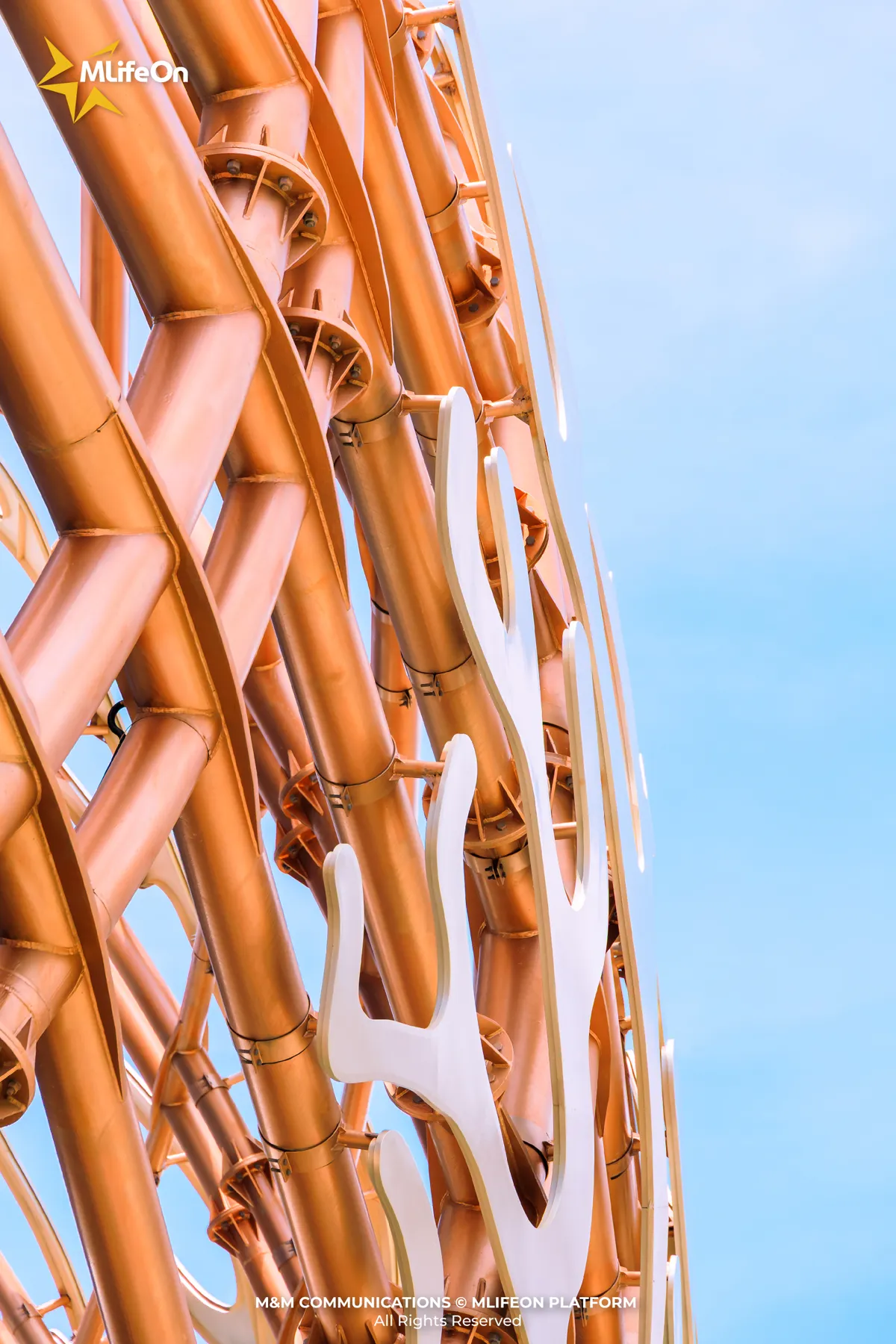
In local symbolism, the “do” fish trap is a vessel that gathers and holds. Set within the landscape of Vega City, this theatre acts as a cultural net – collecting, preserving, and sharing Vietnamese stories and artistry with the world.
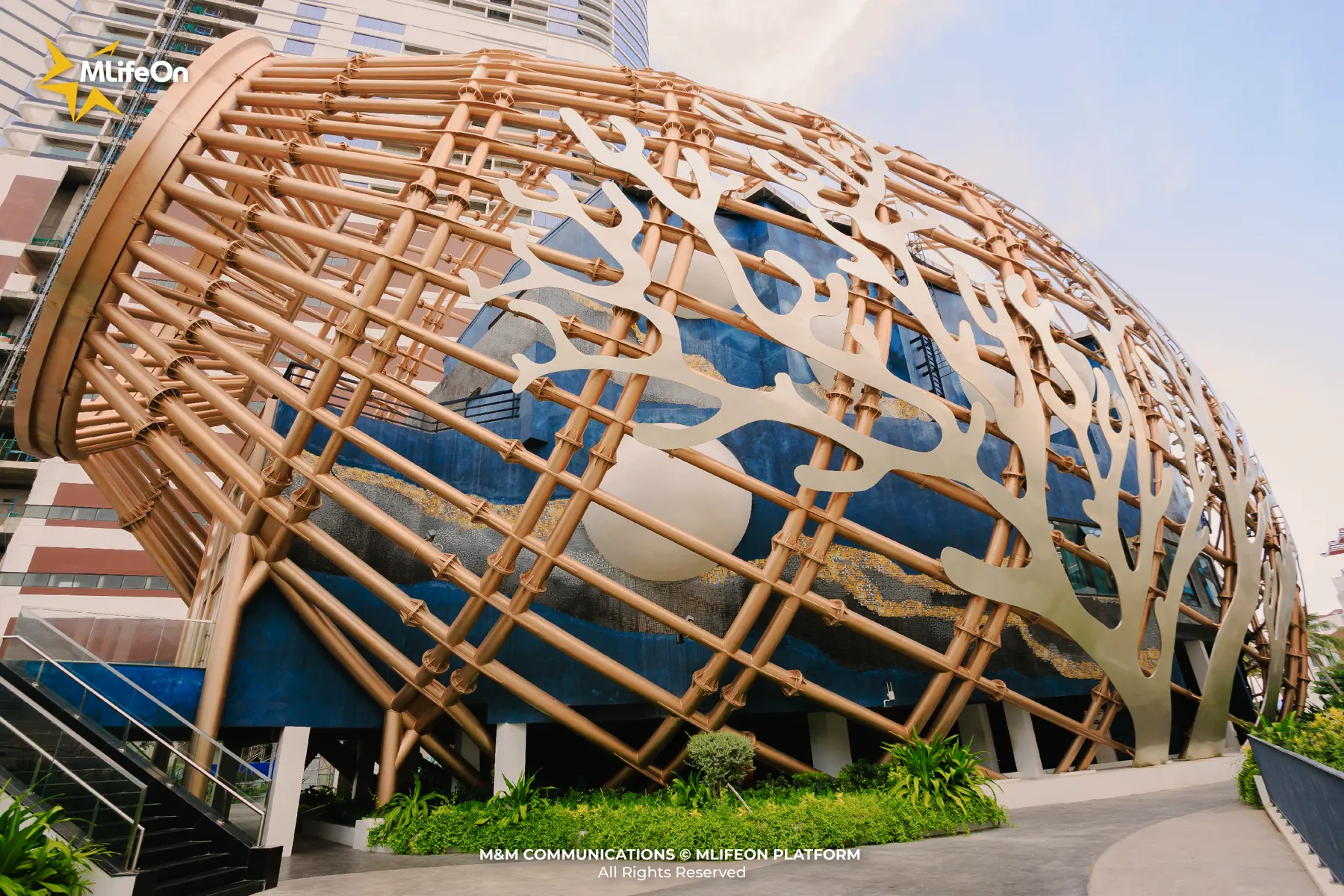
A Stage Designed for Living Art
Inside, the space is tailored to host Life Puppets Show – Rối Mơ, one of Vietnam’s most unique contemporary art productions. If the show is the soul, then the theatre is the body that allows it to breathe and move.
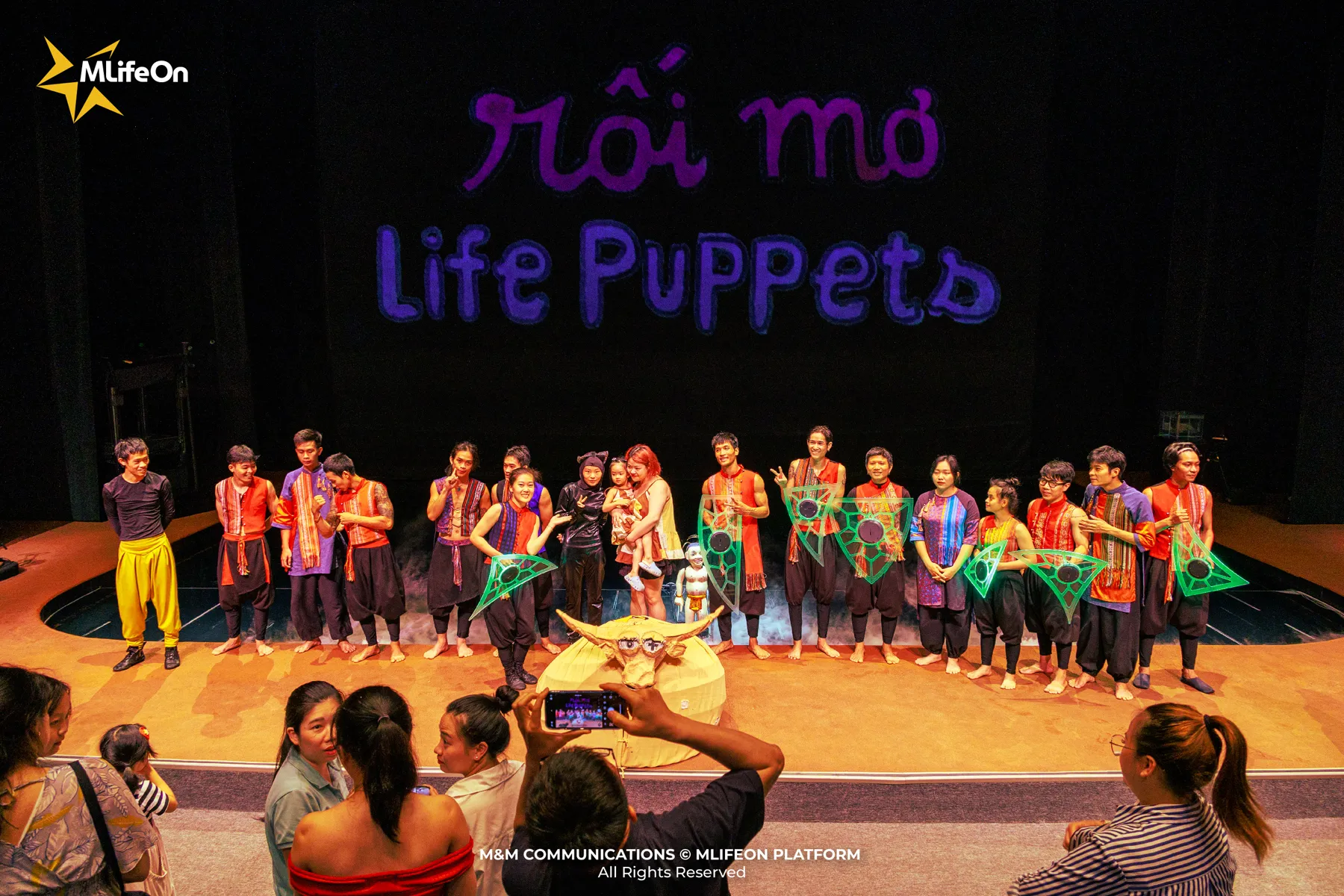
The stage features real water – a rare and technically demanding design – that brings the puppet performances to life in a fluid, dreamlike way. Multiple puppetry forms – including water puppets, shadow puppets, and string puppets – are combined with live dance, music, and immersive lighting.
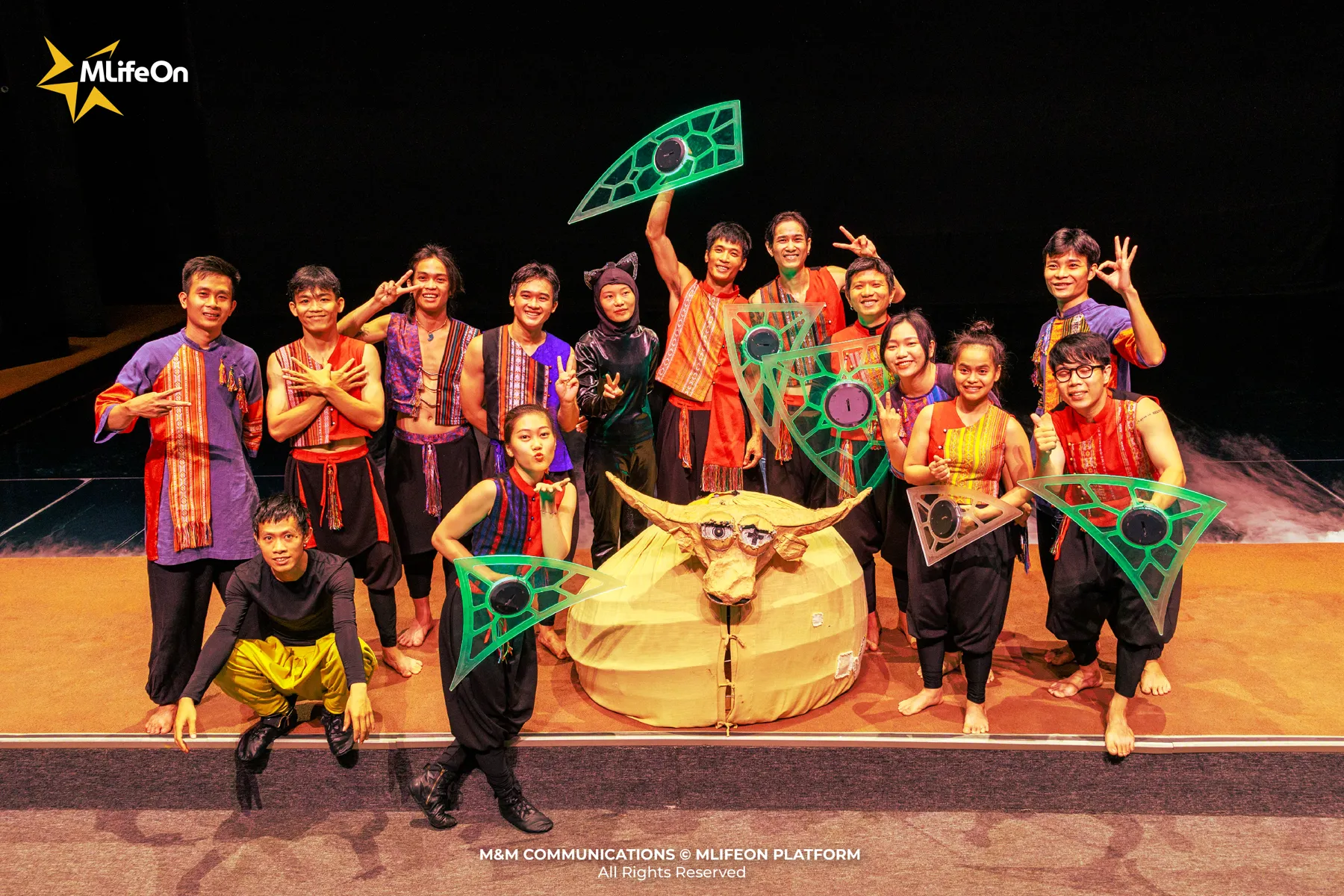
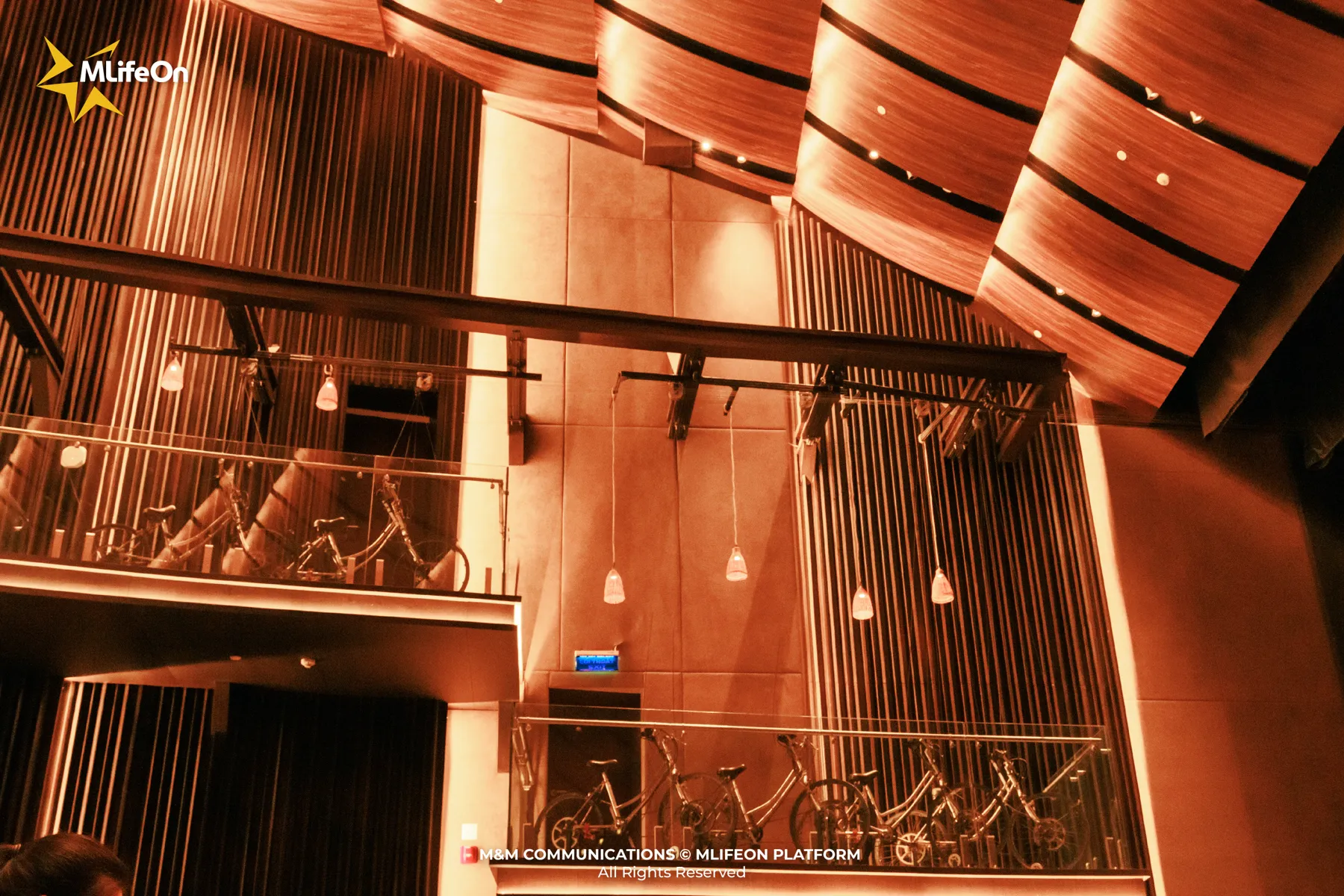
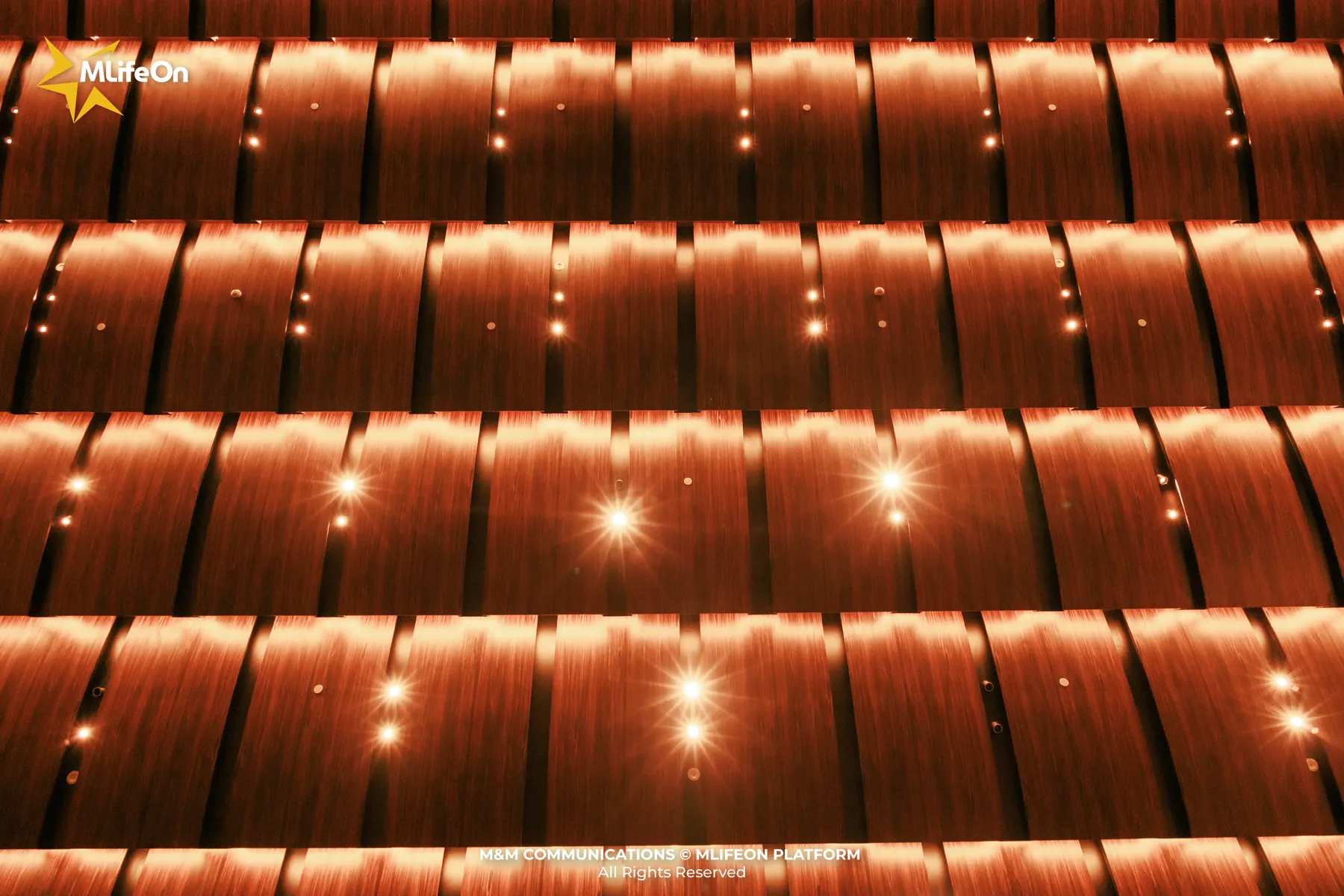
The sound system, lighting, and visual mapping are seamlessly integrated, creating a surreal yet culturally rich environment. The theatre’s size is intentionally intimate, so every guest can feel the heartbeat of the performance – every drop of water, every note from the traditional instruments played live on stage.
More Than a Theatre – A Place to Slow Down and Feel
In an age where tourism often feels rushed and theatrical shows become commodities, The Do Theatre dares to go slow. It doesn’t chase spectacle. Instead, it invites reflection. It isn’t designed to entertain in the conventional sense, it’s meant to move you, gently but deeply.
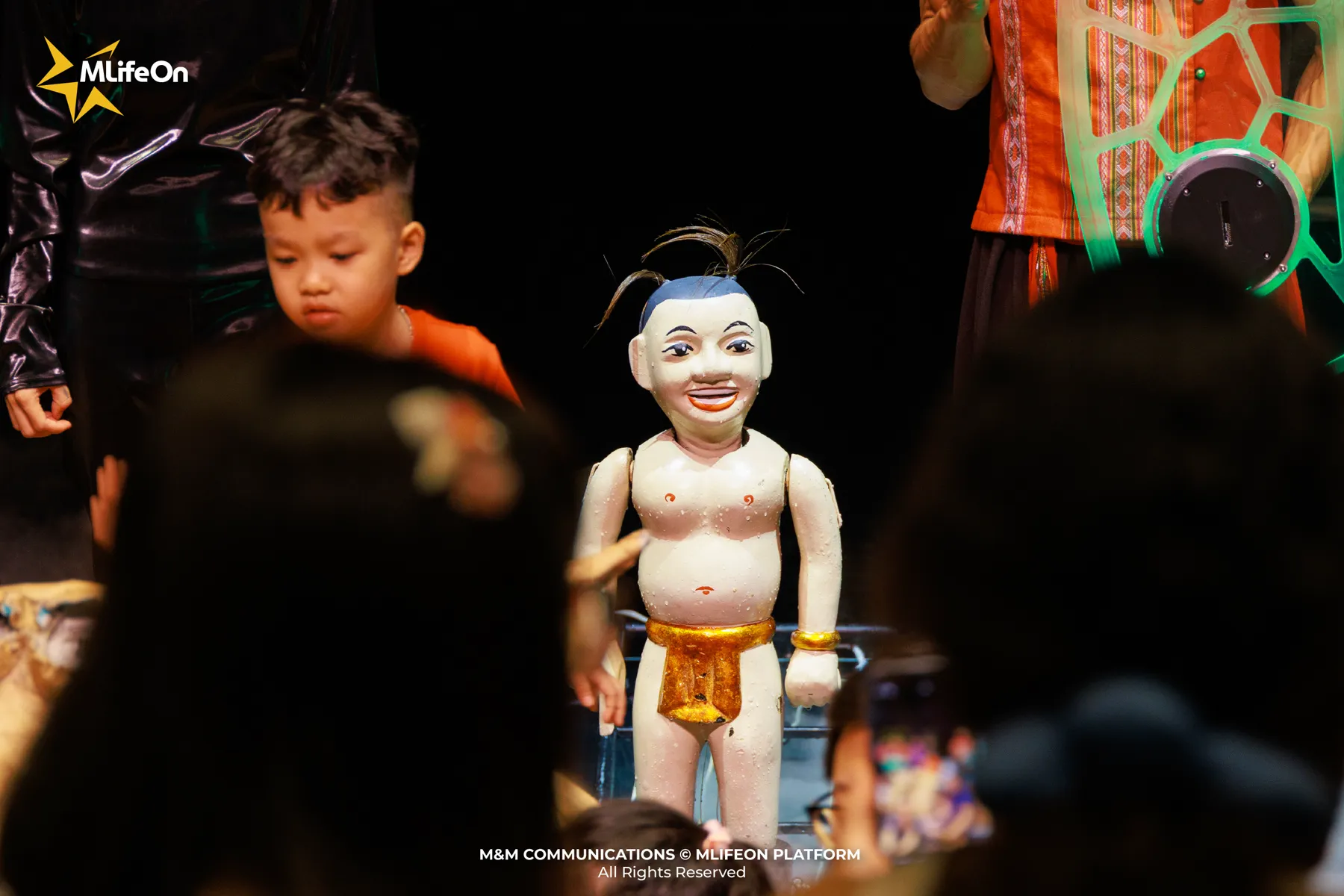
This is not a place for fast consumption. It’s for those who want to experience a different kind of storytelling – one that whispers through movement, rhythm, and metaphor. It’s a quiet revolution in how we present and preserve Vietnamese culture for both locals and international audiences.
Conclusion
The Do Theatre isn’t just a beautiful building, it’s a living testament to Vietnam’s cultural soul, reframed through the lens of modern architecture. With its bamboo trap-inspired design, its symbolic curves, its rich acoustics and immersive space for performance, this theatre stands as one of Vietnam’s most meaningful architectural statements of the decade.
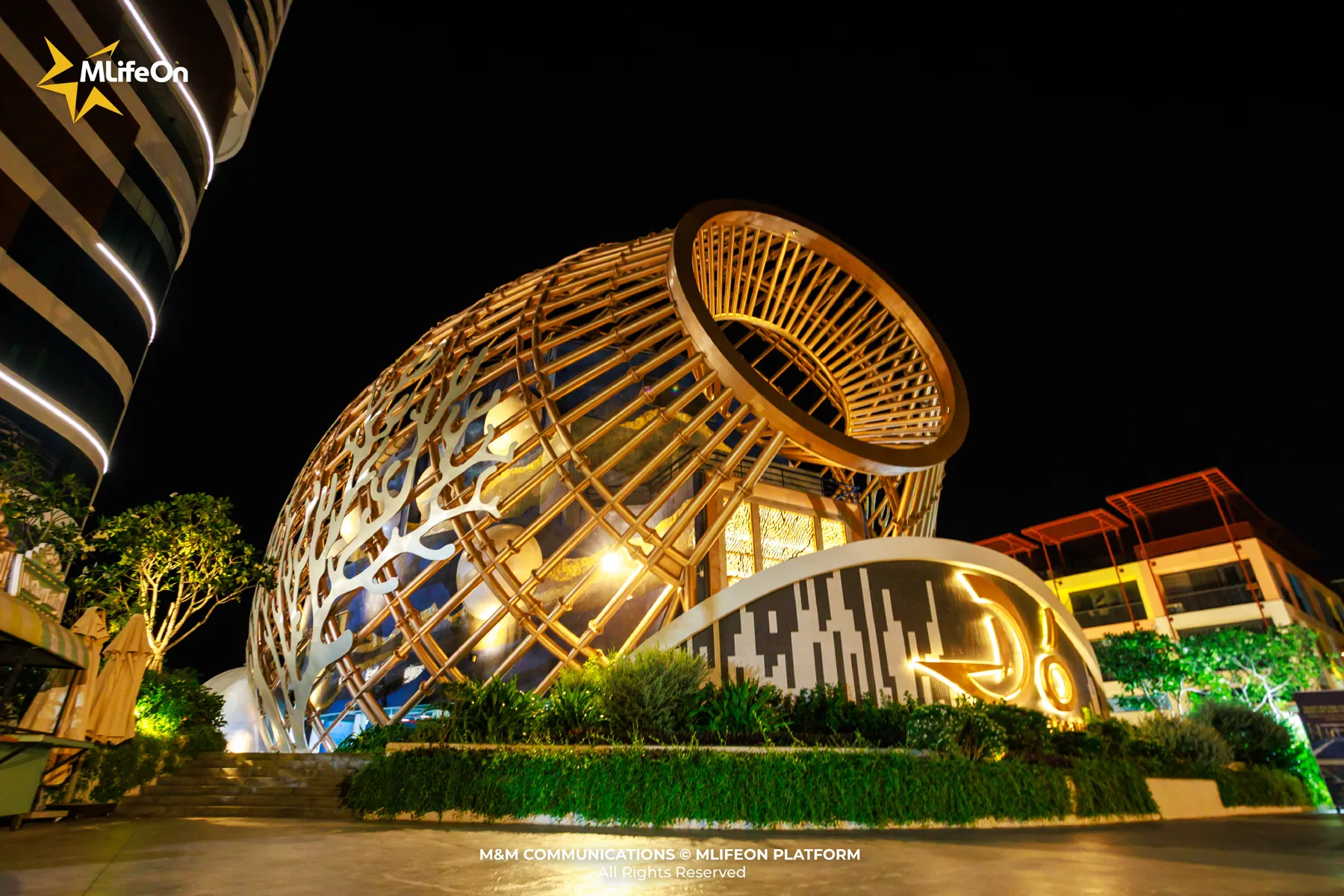
If you ever find yourself in Nha Trang, take a moment. Step inside the Do Theatre, not just to watch a show, but to feel something deeper, something uniquely Vietnamese, refracted through the light of today.
—---
CREDIT:
- Photography: Kien Trang
- Content: Tommy Phung
- Design: Phuong Nguyen




















